New fuse technology designed specifically for electric vehicles helps meet stringent automotive reliability standards.
<strong>Mike Roach | AEM Components Inc.
Electric vehicles (EVs) and hybrid electric vehicles (HEVs) now use high-energy lithium battery systems. These power sources have spurred a need for a reliable means of protecting against catastrophic failures. Resettable devices are suitable for overcurrent conditions caused by transitory fault conditions, and the venerable “one-shot” fuse remains the best circuit option where fault currents can damage other circuits or systems. Moreover, the move toward small, distributed and embedded electronics has elevated the need for high-performance, miniature surface-mount fuses.
Located under the vehicle’s dashboard in the fuse box, blade-type fuses are still a ubiquitous method for providing fault protection. However, automotive electronics, with its higher current ratings and shrinking space constraints, has driven the need for advanced surface-mount fuse technology. Now, new-generation fuse technology has been designed to better meet automotive circuit protection needs.
Solid body, or chip, fuses are used in a wide range of space-constrained applications with current ratings typically ranging from as low as 125 mA to several Amperes. These devices come in both slow-blow and fast-acting configurations. The two most common structures for solid body chip fuses are the multi-layer ceramic type and printed circuit style.
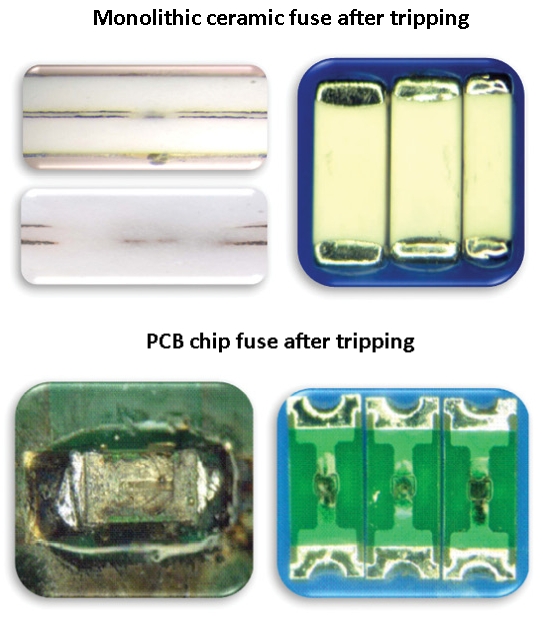
The monolithic structure of a SolidMatrix ceramic fuse (top) absorbs fault current and shows no external damage. There is visible damage on the conventional printed circuit-type chip fuse (bottom).
The ceramic type offers distinct advantages over the more commonly used printed-circuit style fuse. Because of its monolithic structure, the ceramic fuse is capable of higher current ratings in a smaller package, has a wider operating temperature, and has stable operating qualities in extreme conditions. Additionally, its structure is less susceptible to mechanical damage.
The ceramic fuse has a co-fired monolithic structure with up to four layers of fusible material embedded within. In the printed circuit structure, the device is mainly comprised of an epoxy substrate and glass fiber (FR4). The fuse element is bonded to the surface of the pc board and coated with a protective polymer.
A new advance in ceramic fuse technology is called the SolidMatrix ceramic fuse. This solid-body ceramic fuse’s patented, multi-layer construction provides excellent mechanical and thermal stability over a wide temperature range (-55 to +150°C).
It is useful to compare how a SolidMatrix ceramic fuse and a conventional printed-circuit type fuse might behave when subjected to an over-current fault condition. The fuse element of the conventional printed-circuit board type fuse opens, but the high over-current fault condition can lead to surface melting, cracking and compromised mechanical integrity. As a result, arcing and surface damage may arise.
The SolidMatrix ceramic fuse fares significantly better. The proprietary construction of this device allows the metal fusing elements to diffuse into the ceramic; plus, they have a central location within the structure that ensures energy stays within the body. As a result, mechanical integrity is maintained, and there is no external change in the device’s appearance.
Wire-in-air fuses are typically applied in higher operating current applications that need fast-acting and superior arc-suppression. Applications include battery chargers, battery packs and circuits subject to high fault currents and higher voltages. The common construction for this type of fuse has the fusible wire element housed inside a ceramic tube and connected to the endcaps with solder beads.
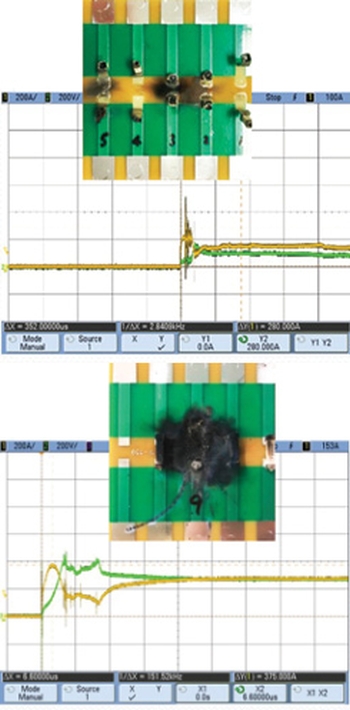
Two conventional wire-in-air fuses experienced significant damage when subjected to extreme overload conditions that simulated a catastrophic EV battery short circuit.
There are several disadvantages associated with conventional wire-in-air fuses. Endcap detachment is a common failure mode in the conventional construction. There is also a lack of uniformity in performance because of variations in where the wire element sits inside the ceramic tube. Additionally, under worst-case, high-current-stress conditions, the solder in the ceramic tube can vaporize and build up pressure to the point where the fuse explodes. If this happens, solder is redeposited across the trace, which can result in a secondary conductive path with potentially serious consequences.
In comparison, the fuse element of advanced AirMatrix wire-in-air fuses use a proprietary, hermetically-sealed wire-in-air structure that assures consistent electrical performance. The AirMatrix fuse element is uniformly straight across the cavity and externally bonded to the endcap. Unlike the conventional square nano-type fuse, with its ceramic body and solder connect design, the AirMatrix fuse uses a fiberglass-enforced body and solderless direct connect construction.
As an illustration, two conventional wire-in-air fuses were subjected to a short circuit condition as might arise in an EV. One sample saw 250 V/250 A while another saw 450 V/450 A. Both exhibited significant damage to the fuse and collateral damage to the surrounding circuitry. Each fuse also experienced a secondary current flow that ultimately resulted in pc board damage.
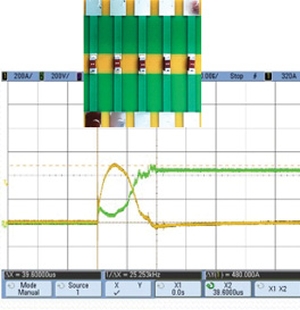
An AirMatrix fuse sustains no damage after being subjected to extreme overload conditions that simulate a catastrophic EV battery short circuit.
When subjected to the same EV battery short circuit as the square nano-tube fuses, the advanced construction of the AirMatrix fuse let it withstand 450 V/450 A conditions without experiencing any external damage. Current flow through the AirMatrix fuse dropped to zero. And the AirMatrix fuse opened with no secondary conduction.
All in all, new structures being utilized by the SolidMatrix multi-layer ceramic chip fuse and the AirMatrix wire-in-air fuse can offer significant advantages over typical fuse approaches. They are particularly helpful in automotive applications where engineers must qualify their devices for the AEC-Q200 automotive standard. Manufactured in a TS16949-certified facility, the fuses are specifically designed for reliable operation in high-stress automotive applications.
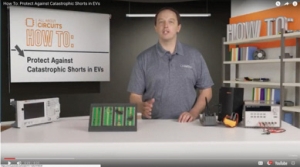
EETech Labs worked with AEM Components to produce a video (www.allaboutcircuits.com/industry-articles/how-to-protect-against-catastrophic-shorts-in-evs/) demonstrating what happens to circuit protection devices that see worst-case electric vehicle (EV) battery short circuit conditions. The video clearly shows what short circuits from EV batteries can do to a fuse. Automotive specifications require that circuit protection devices break the circuit without damaging PC boards or other components. AEM wire-in-air fuses comply with this demand by remaining intact. Competitive fuses tested under the same conditions not only caught on fire but also damaged the PCB on which they mounted.
New fuse technology designed specifically for electric vehicles helps meet stringent automotive reliability standards.

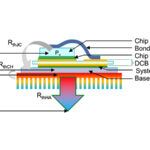
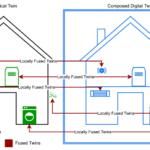

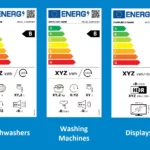
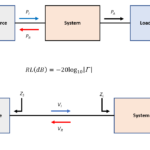

Leave a Reply
You must be logged in to post a comment.